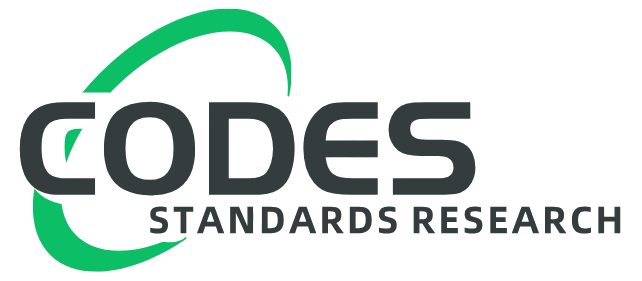Description
The growing concern of public opinion over possible adverse health effects derived from exposure to halogenated disinfection byproducts (DBPs) in drinking water and the more stringent demands of present and upcoming DBP regulations (Stage 1 DBPR and Stage 2 DBPR) have stimulated the interest of many utilities in exploring the effectiveness of alternative strategies that may be implemented without requiring major capital investments. This paper presents and compares the results and the implications of bench-scale testing commissioned by four different utilities in the Eastern U.S. These utilities use conventional surface water treatment processes with a variety of coagulation and disinfection schemes. Disinfection practices include the use of chlorine and chlorine dioxide for pre-oxidation and primary disinfection, and chlorine and chloramination for secondary disinfection. The tests were conducted to investigate modifications of the treatment process targeted to lowering DBP levels in the plants as well as changes in finished water chemistry that focused on maintaining acceptable DBP levels even in remote areas of the system without compromising disinfection goals. Treatment plant modifications included: enhancement of precursor removal, optimization of disinfectant application point, and curtailing excessive disinfectant application. Simulated distribution system tests focused on studying the effects of lowering the pH of finished water, lowering chlorine residuals, and replacing free chlorine with combined chlorine for secondary disinfection. The results of these studies illustrate trends in trihalomethane (THM) and haloacetic acid (HAA) levels resulting from each individual alternative or combination of the alternatives tested. More importantly, the analysis of test results clearly defined the benefits of each option and the ranking of the options available to each utility for control of DBP levels in its system. Full-scale modifications are currently being implemented at the four utilities discussed in this paper. Includes 3 references, tables.
Product Details
- Edition:
- Vol. – No.
- Published:
- 11/01/2002
- Number of Pages:
- 12
- File Size:
- 1 file , 270 KB
- Note:
- This product is unavailable in Ukraine, Russia, Belarus





